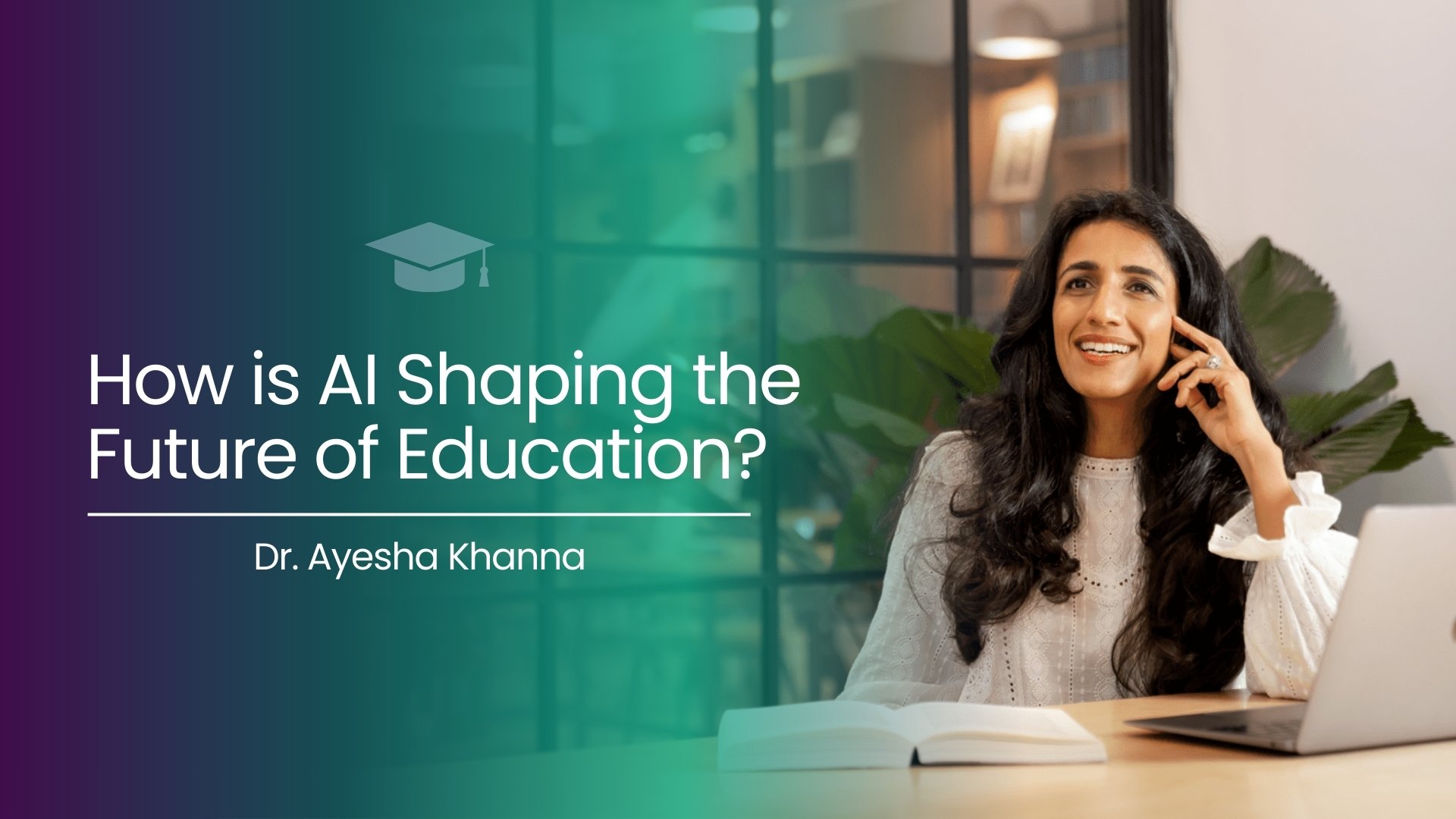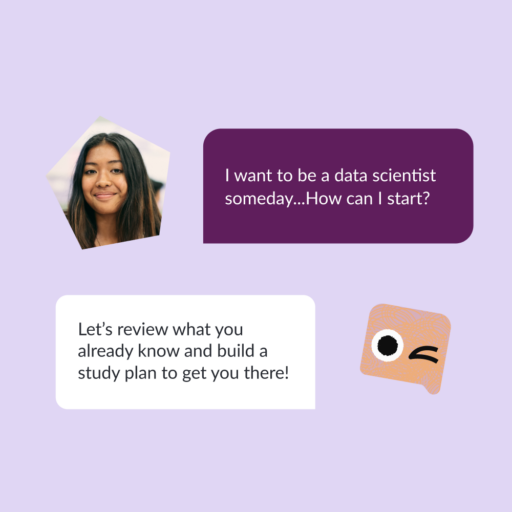How is AI shaping the future of education?
In recent years, AI’s rise has sent shockwaves through society on both economic and cultural levels. Seemingly poised to become as common as email, this rapidly evolving technology is transforming many aspects of daily life—including how we teach and learn.
In October 2023, Forbes Advisor found that 60% of US educators were using some form of AI in their classrooms.
But why should we talk about it? What can AI offer to education that makes it an interesting prospect in the field?
One major reason is accessibility.
Making education accessible ensures a fair playing field for all humans – providing equal opportunities, no matter what their background, socioeconomic status, or geographical location is.
This is further cemented by the fact that a person's level of education is a reliable indicator of their future earnings. According to US data, workers without a high school diploma earn an average of $682 a week. This rises to $1,432 for workers with a Bachelor’s degree and up to $2,083 for those with a doctoral degree.
Hence, to improve global living standards, providing equal and equitable access to education and educational resources is paramount. AI can help achieve this by:
personalizing education to each learner’s strengths and weaknesses
promoting lifelong learning and upskilling
tackling the digital divide and making education accessible
Let’s look into each of these in more detail.
Hyper Personalized Teaching
Schools and colleges today face many challenges, such as students lagging behind, experiencing stress or low mental health, and dropping out.
Some students might be harboring learning disabilities that require extra attention. According to a study, 1 in 5 children in the US have learning differences such as ADHD or dyslexia. Not only this, but others might be doing so well that they are not being intellectually challenged – these students would benefit from additional study materials and assignments.
To address these issues, AI can be used to personalize each student’s learning experience. For instance, Riid is a Korean startup using AI to help students prepare for standardized tests like the ACT and SAT. Using their platform, called R.test, students can receive predictions of their test scores in a quarter of the time it takes to complete a mock test. It also offers suggestions on each student’s weaknesses, how they can manage their time better, and what they can do to improve their scores – including a collection of relevant practice questions.
Source: Khanmigo
Khan Academy also released an AI tutor called Khanmigo, which does more than simply provide answers. While AI tools like ChatGPT are great for finding solutions to questions, Khanmigo is able to follow a more nuanced approach – it guides learners through each step, encouraging them to think and solve problems on their own, teaching them rather than just giving the solution.
Not only can AI help reduce the likelihood of students dropping out, it can allow teachers to customize their lectures to students’ individual needs.
Leveraging AI for Lifelong Learning
Source: Job Market Monitor
Beyond its role as a tutor, AI can also foster lifelong learning. In today’s landscape of emerging technologies and automated workflows, upskilling is an effective route toward career growth.
A study found that workers in the US who participated in upskilling programs gained an 8.6% raise in annual income – an average of $8,000.
Educational institutes have large amounts of data on each student’s performance, which can be used to identify the specific skills and courses that best suit them. Alumni may be granted continued access to educational resources and personalized suggestions, even as they advance well into their careers.
For example, NUS Career Plus at the National University of Singapore uses AI to analyze job postings, recommending courses for over 15,000 students and 300,000 alumni in their career journey. The mobile app generates an individualized profile based on the student’s record – alumni can select their career domains to generate a “Career Readiness” progress bar, and receive recommendations on steps they can take to further their career.
Education does not have to come to an end once students become professionals; AI can help foster a sense of continuous ‘lifelong learning’, encouraging learners to keep upskilling and advancing throughout their careers.
Tackling the Digital Divide
UNESCO reports a shortage of around 44 million teachers worldwide. Disparities exist around the globe, and many people – especially in underprivileged communities – do not have access to quality education or teachers. AI can play a role in minimizing this gap by providing quality education to low-income groups.
An example of this is Jio’s Bharat phones. The Indian company, owned by billionaire Mukesh Ambani, released its new line of internet-connected mobile phones at a subsidized rate of just $12. The device offers budget-level specifications and is designed especially for low-earning communities, providing them cheaper access to the internet and connecting them to free educational resources available online.
In developing economies around the world, we might see governments and organizations subsidizing such devices in the future. This would go a long way towards encouraging low-cost learning, upskilling, and making education accessible to all.
Ethical Considerations in AI Education and Navigating Biases
As AI and big data continue to be integrated into education, there needs to be a strong focus on ethical development and use.
One concern is misuse – data released by Turnitin shows that students have submitted more than 22 million papers that may have used generative AI in the past year.
Other common concerns revolve around:
The potential for users to be manipulated by chatbots
AI models encouraging biases that exist in their training data
Copyright issues
Before the education sector can fully embrace the use of AI, authorities will need to establish AI guidelines. AI has the potential to perpetuate biases that already exist in our society, particularly in educational settings where young children use these technologies.
Additionally, AI models are commonly trained on data available across the internet. Companies may not consent to their content being used, however, and demand remuneration for its use. We could possibly see Web3 and digital currencies being used to compensate creators in the future – who make their work accessible for the training of AI models – in the near future.
Bottom Line
While we learn how to train these technologies most effectively, safety and equality should be prioritized – as seen in the European Union, the US, the UK, and Singapore who have all introduced guidelines to audit AI systems.
If implemented properly, AI has the ability to provide tailored, inclusive learning experiences that can make education much more effective and personal. Not only that, but subsidizing internet and AI tools’ access for low-income communities can help ensure that all people are given equal opportunities, countering the global shortage of quality education and trained teachers.


